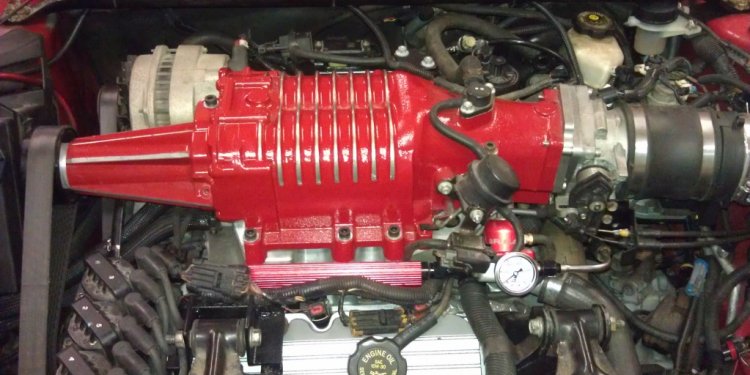

In addition to report all aircraft accidents, the following aircraft incidents must be reported to NTSB:
#Flight control system malfunction or failure skin
bent fairings or cowling, dented skin, small punctured holes in the skin or fabric,.Engine failure or damage limited to an engine if only one engine fails or is damaged,.The following are NOT considered “substantial damage”: Substantial damagemeans damage or failure which adversely affects the structural strength, performance, or flight characteristics of the aircraft, and which would normally require major repair or replacement of the affected component. (5) involves second or third degree burns, or any burns affecting more than 5 percent of the body surface. (3) causes severe hemorrhages, nerve, muscle, or tendon damage

(2) results in a fracture of any bone (except simple fractures of fingers, toes, or nose) (1) Requires hospitalization for more than 48 hours, commencing within 7 days from the date of the injury was received So the key to this definition is knowing what is meant by a “serious injury and “substantial damage”. You do not report it to the FAA.Ĥ9 CFR §830.2 provides definitions for aircraft accident, serious injury and substantial damage as follows:Īircraft accidentmeans an occurrence associated with the operation of an aircraft which takes place between the time any person boards the aircraft with the intention of flight and all such persons have disembarked, and in which any person suffers death or serious injury, or in which the aircraft receives substantial damage. Once you have determined that you are required to report the situation, you must report it immediately to the nearest NTSB office. An understanding of the definition of accident may save you from reporting something that is not required. Have you ever experienced a primary flight control failure? What would you do if one ever happened to you? Tell us in the comments below.All aircraft accidents must be reported to the nearest National Transportation Safety Board (NTSB) Field Office. In many examples, pilots were able to maintain aircraft control through abnormal power, flap, and trim settings. Throughout aviation history, there have a been a few accidents due to primary control system failures. How you control pitch through power and flap extension depends on your aircraft design, and successful landing under these conditions is challenging, but it can be done. What If Your Elevator Is Fully Jammed?Īccording to the AFH, if your elevator is completely jammed, resulting in a total loss of elevator control movement, various combinations of power and flap extension offer a limited amount of pitch control.

If you reduce power, you'll decelerate, and your plane will pitch down to maintain airspeed. Generally speaking, as you add power and accelerate, your plane will pitch up to maintain the airspeed you're trimmed for. Keep in mind that trim holds airspeed as well. When power is increased in these aircraft, the nose will have a tendency to pitch down. The opposite occurs when the line of thrust passes above the CG. When power is increased, the nose will have a tendency to pitch up in this case. Releasing forward pressure to flare for landingĭepending on how your airplane is built, changes in power or thrust settings will affect pitch attitude.Īn airplane has a low thrustline when the line of thrust passes below the CG.Increasing forward pressure to lower the nose and relaxing forward pressure to raise the nose.Pushing the control yoke forward to attain and.If this happens to you, there are a few ways you can attempt to maintain nose-up pitch control: With the down elevator cable intact, forward control pressure would result in your aircraft pitching down. It'd feel similar to pulling the yoke back during a preflight check, with no airflow giving any back pressure feedback. If the "up" elevator cable fails (the "down" elevator is intact and functional), the control yoke would move aft easily but produces no response. Scenario 1: You've Lost "Up" Elevator Control In most airplanes, a failed cable just results in a partial loss of pitch control. And according to the FAA's Airplane Flying Handbook, a break or disconnect in only one of these cables normally does not result in a total loss of elevator control.

In many airplanes, the elevator is controlled by an "up" cable and a "down" cable. But First, How Is The Elevator Controlled? But if you do lose elevator control, there are some strategies you can use to keep your airplane in the sky. The loss of a primary flight control is something no pilot wants to experience.


 0 kommentar(er)
0 kommentar(er)
